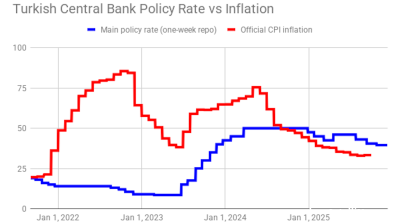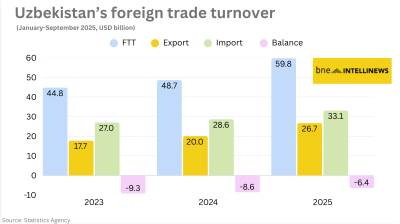Russia’s steel sector surprised this year as despite the sanctions, logistical bottlenecks and contracting economy, steel production was up 4.8% year on year on 10M22, while general economic growth was down 2.1% in the same period, BCS GM reports.
Normally steel production is closely associated with economic activity. Moreover, this year Russian steel exports have been hampered by sanctions on things like shipping that have both reduced exports and also clogged up Russia’s railways. Many companies are seeking to re-orientate exports to Asia by sending their goods by rail across the country in bulk.
The uptick has been driven by surprisingly strong growth in domestic construction, which made up three quarters (75%) of demand, and pipes (12%).
Residential development projects have remained largely unaffected by the war in Ukraine and the leading companies in the sector have been reporting strong results. The y/y demand for steel in construction was up 1.2% y/y in the period.
The growth in demand for pipes was even stronger, up by 40% y/y in the period, and this demand is likely to remain very high for the foreseeable future, as Russia needs to re-orientate its entire gas pipeline infrastructure from Europe (70% of the current capacity) to Asia as a result of the sanctions.
“The main bright spot has been the energy sector, where several mega-projects have pumped up demand for pipe,” BCS said in a note. “Some notable examples are Gazprom’s pipeline initiatives, as well as local gasification programme and Rosneft’s Vostok Oil. However, the most important steel demand driver has always been construction, which has remained on a growth path thus far.”
BCS GM asks whether the current trend is sustainable, as the numbers of square metres additionally planned and that already have permissions granted has been flat y/y. At the same time, manufacturing, which consumes about the same amount of steel as pipes, has also been very weak this year. With the risk of a construction slowdown in 2023 the future remains uncertain for the steel sector.
Data

Turkey's central bank remains cautious, delivers 100bp rate cut
Decision comes on eve of next hearing in trial that could dislodge leadership of opposition CHP party.

Polish retail sales return to solid growth in September
Polish retail sales grew 6.4% year on year in constant prices in September, picking up from a 3.1% y/y rise in August, the statistics office GUS said.

Uzbekistan’s nine-month foreign trade nears $60bn
Export growth of 33% and import expansion of 16% y/y produce $6.4bn deficit.

Hungary’s central bank leaves rates unchanged
National Bank of Hungary expects inflation to fall back into the tolerance band by early 2026, with the 3% target sustainably achievable in early 2027 under the current strict policy settings.




